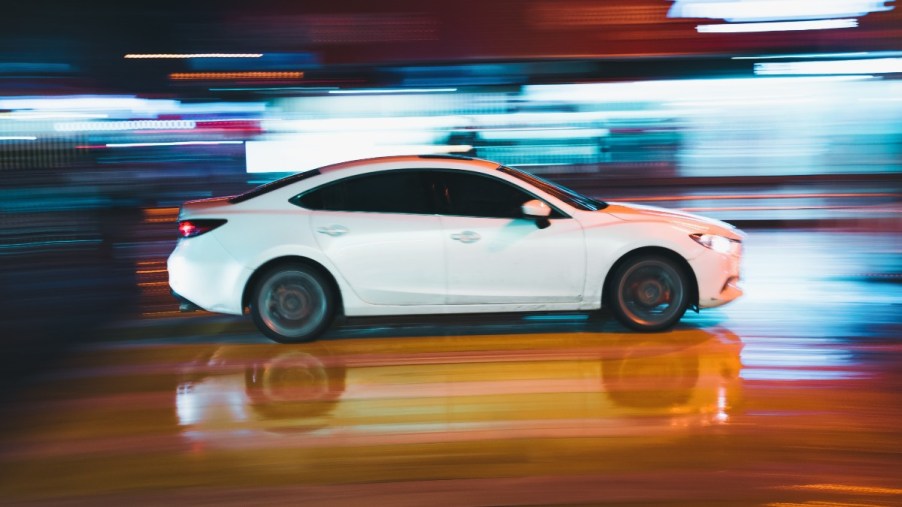
Anti-Speeding Tech for New Cars Is Now Mandatory in Europe: Is the US Next?
Speeding is one of the biggest causes of car accidents — and the resulting fatalities and injuries. To help address this, the European Union recently passed a regulation that makes an anti-speeding technology called Intelligent Speed Assistance (ISA) mandatory for cars introduced to the European market. Additionally, the technology will be mandatory for all new cars sold in the EU — starting in 2024. Could the United States be next to require a similar anti-speeding technology?
What is Intelligent Speed Assistance (ISA), and how does it work?

Intelligent Speed Assistance is a new anti-speeding technology that uses various methods to check whether a driver is speeding. This includes map data, a car’s camera, and deep learning. When the ISA system detects speeding, it can warn the driver in multiple ways. The system can also reduce the speed of a vehicle to bring it within the speed limit.
Feedback methods for when a car is over the speed limit include a cascaded acoustic warning, a cascaded vibrating warning, haptic feedback through the accelerator pedal, and a speed control function. For the speed control function, the ISA system automatically reduces the speed.
At first glance, the ISA system may seem invasive. However, there are a couple of things to keep in mind. First, automakers are “free to choose” which method the ISA utilizes. Secondly, drivers can override any of the measures, as detailed by Mashable.
For example, if the ISA system automatically reduces the speed of a car, the driver can speed up by pressing the accelerator pedal more deeply. Also, drivers have the option to completely deactivate the system if it becomes an annoyance. However, this may change in the future, as the system is more widely implemented and the EU reviews it.
Why did the EU make the ISA anti-speeding technology mandatory for new cars?
The EU made the ISA anti-speeding technology mandatory for new cars to help reduce traffic injuries and fatalities. According to the European Commission, “excess speed contributes to around 30% of fatal crashes.” The ISA system is “designed to reduce the number of crashes due to speeding.”
A test project called PROSPER studied the ISA system and made predictions regarding its effectiveness. It predicted that the implementation of ISA “may reduce fatalities between 19-28%, depending on the country.” This estimate is for automakers that implement ISA on their own in a “market-driven scenario.” Also, for a “regulated scenario,” PROSPER predicted that fatalities from speeding could be reduced even more — between 26-50%.
Will the US make anti-speeding technology mandatory for new cars?

Following the new regulation in the EU for the ISA system, it’s fair to wonder if the U.S will make a similar anti-speeding technology mandatory for new cars in the future. While this is possible, it likely won’t happen anytime soon. In general, when weighing the “greater good for society” vs. individual rights and freedoms, the U.S. skews considerably more toward the latter compared to Europe (and most other countries).
As a result, the U.S tends to be more resistant to regulations compared to Europe. This is the case not only for the automotive industry but for many other things as well. Europe has much stronger regulations for protecting the environment, people’s health, and privacy. However, the resistance to anti-speeding tech in the U.S. could change once people see the drastic reduction in fatalities from the ISA system — if the predictions hold true.


